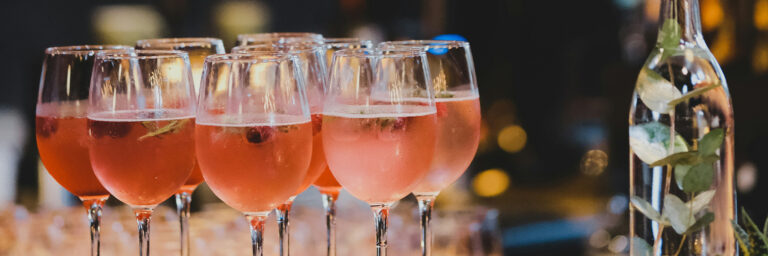In recent years, the practice of mixing energy drinks with alcohol has become increasingly popular, especially among young adults. This trend, often seen in social settings like bars, clubs, and parties, raises significant health and safety concerns. The combination can mask the physical manifestations of intoxication, leading to a higher risk of alcohol poisoning and other dangerous behaviors. Understanding the science behind this mix and its implications is crucial for both consumers and those responsible for selling and serving alcohol.
The Science Behind Mixing Energy Drinks and Alcohol
Energy drinks typically contain high levels of caffeine and other stimulants, such as taurine, guarana, and ginseng. These ingredients are designed to enhance alertness, improve physical performance, and reduce fatigue. In contrast, alcohol is a depressant that slows down the central nervous system, impairing cognitive and motor functions.
When energy drinks and alcohol are consumed together, the stimulants in the energy drinks counteract the sedative effects of alcohol. This can lead to a state where individuals feel more alert and less intoxicated than they actually are, which can result in excessive alcohol consumption.
Masking Physical Manifestations of Intoxication
One of the most concerning aspects of mixing energy drinks with alcohol is how it conceals the typical signs of drunkenness. Normally, as alcohol levels rise in the bloodstream, individuals exhibit signs of intoxication, such as slurred speech, impaired coordination, and decreased reaction time. These signs serve as natural indicators to both the drinker and those around them, including bartenders and servers, that it may be time to stop drinking.
However, the stimulating effects of energy drinks can mask these physical manifestations. A person who has consumed both energy drinks and alcohol may still exhibit a high energy level, coherent speech, and coordinated movements, despite having a high blood alcohol concentration (BAC). This false sense of sobriety can encourage continued drinking and make it challenging for others to recognize when someone has had too much.
Read Full Article on Bar & Restaurant



